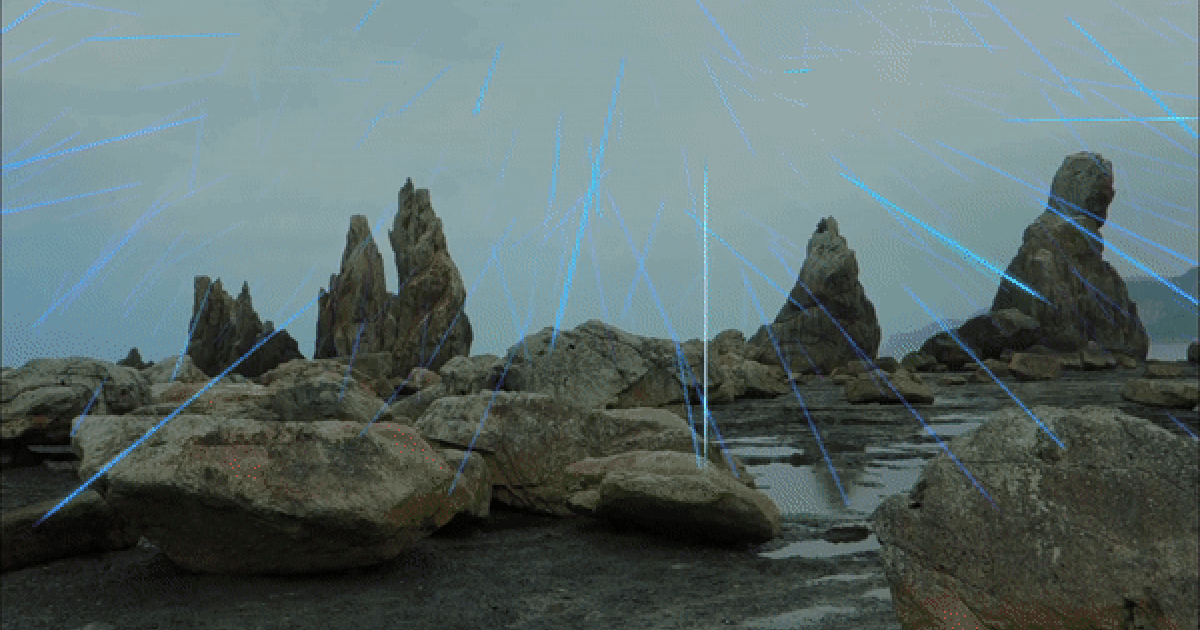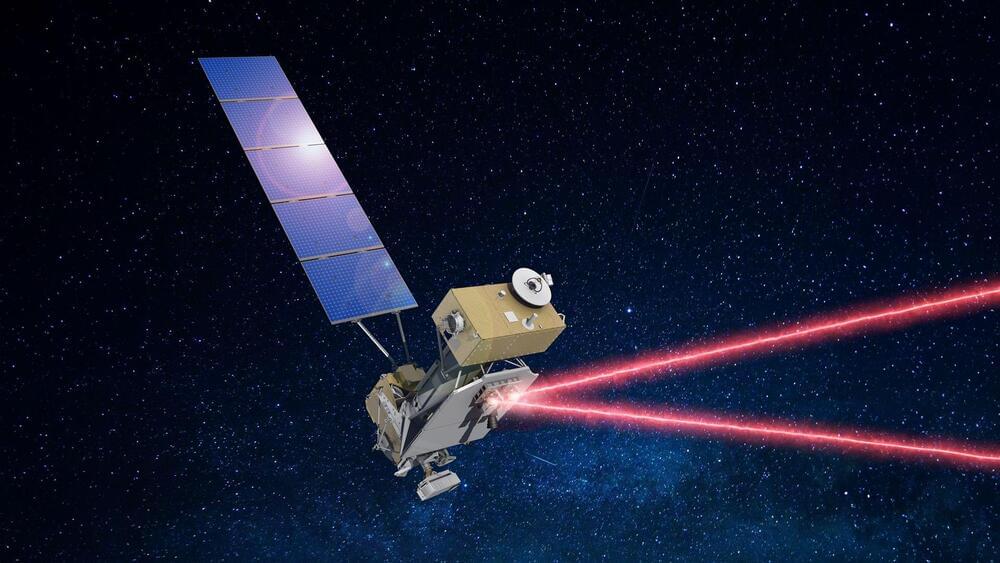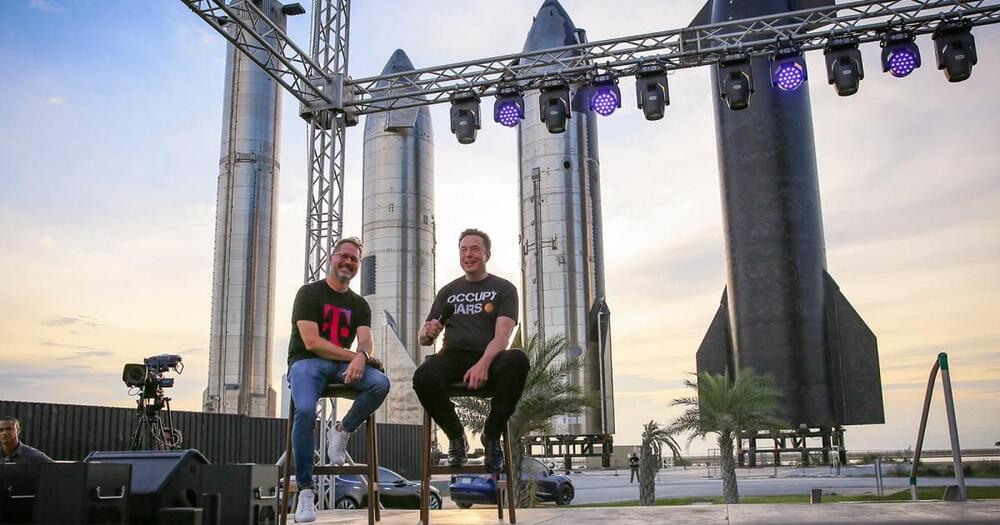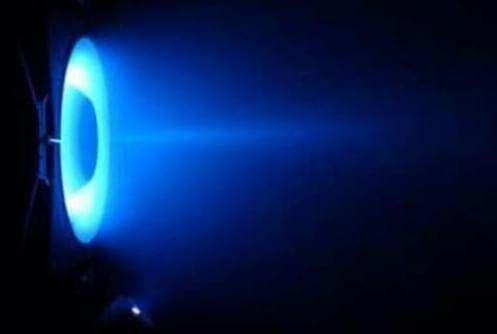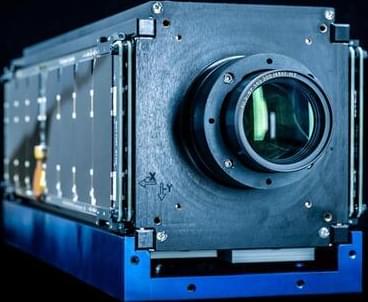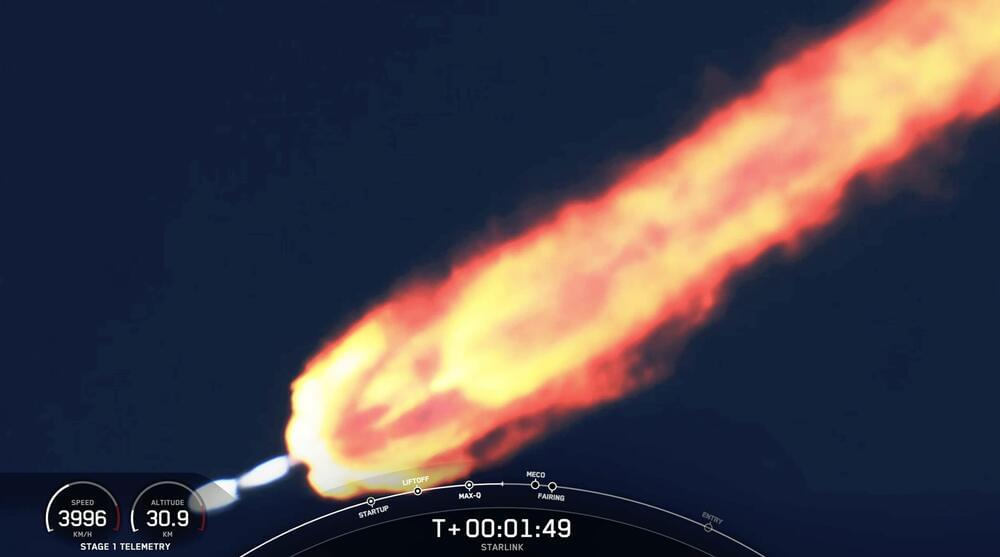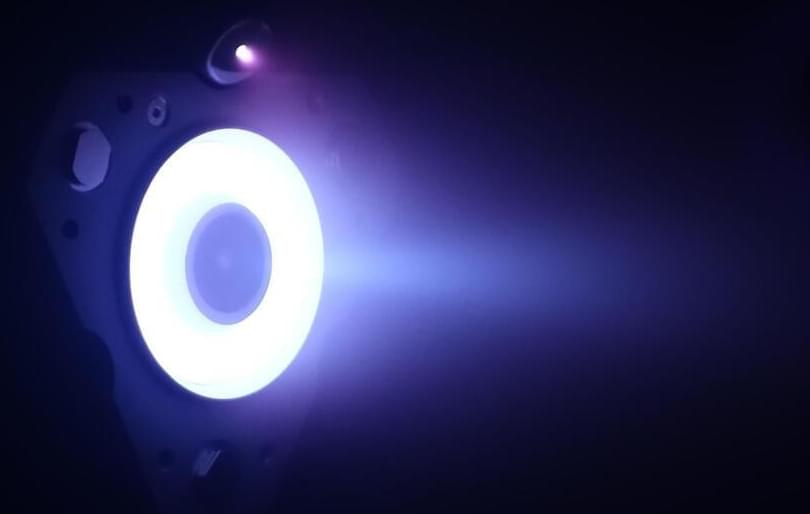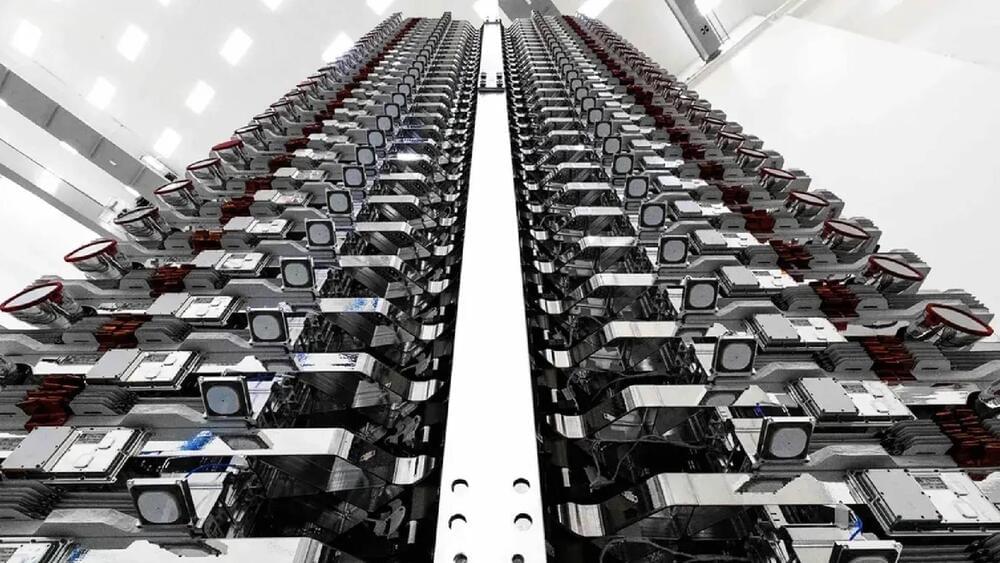A new navigation system that tracks subatomic particles constantly bombarding Earth could help us get around indoors, underground, and underwater — all the places GPS fails.
The challenge: GPS (the Global Positioning System) is a group of 31 satellites, constantly transmitting radio signals from about 12,500 miles above Earth’s surface. Receivers in phones, cars, planes, and ships then use data from multiple satellites’ signals to calculate their own locations on Earth.
While GPS has revolutionized surface transportation, satellite signals can reflect off solid surfaces, making the navigation system incapable of accurately pinpointing the locations of receivers indoors, underground, and underwater.
